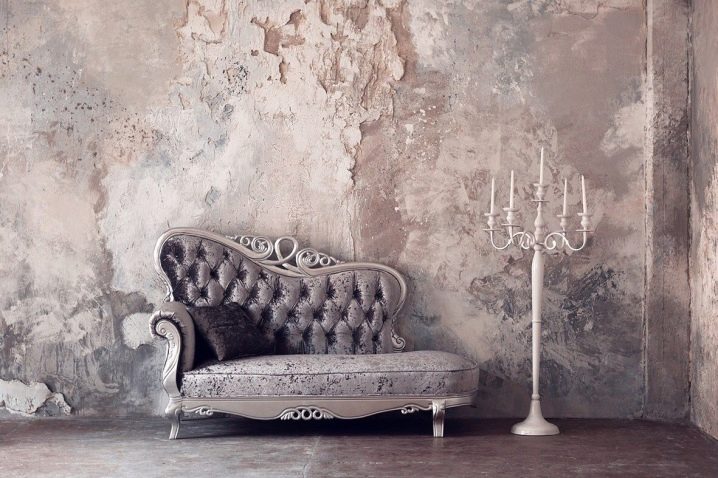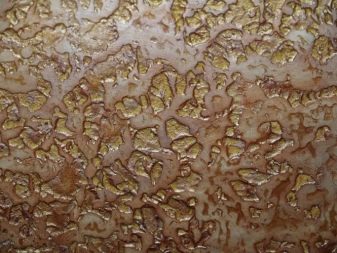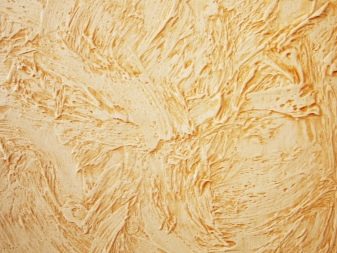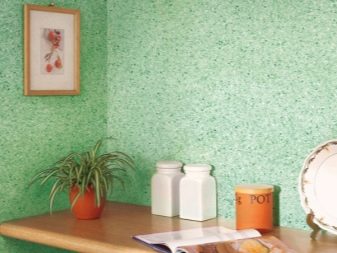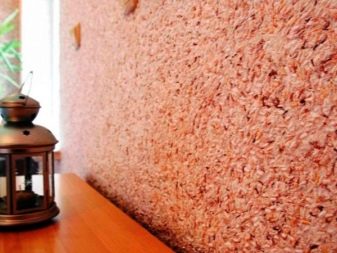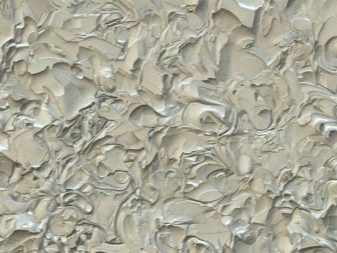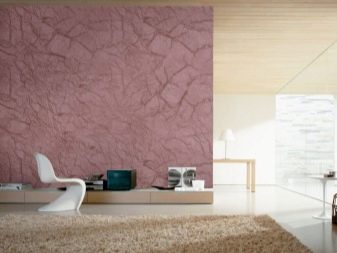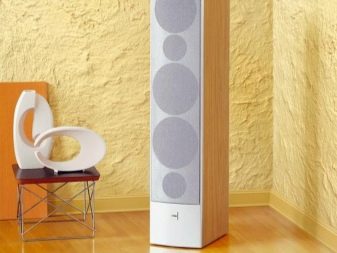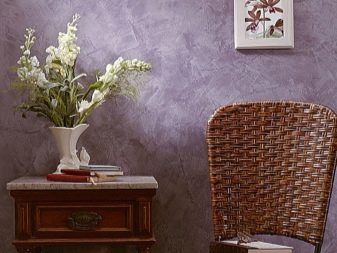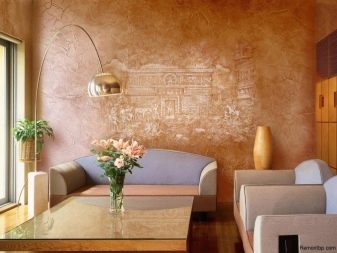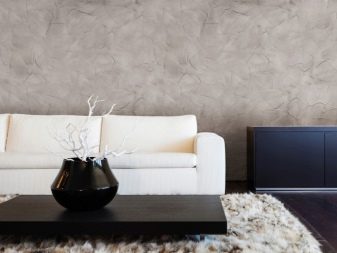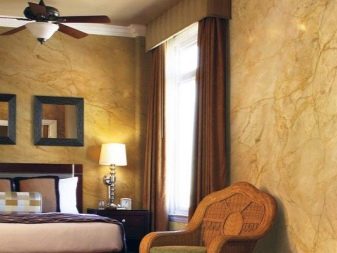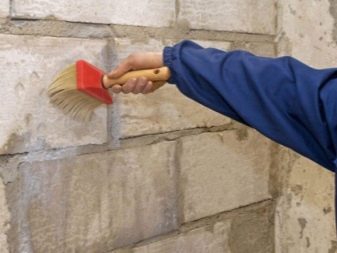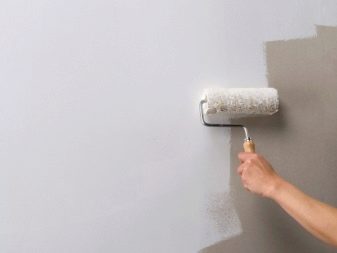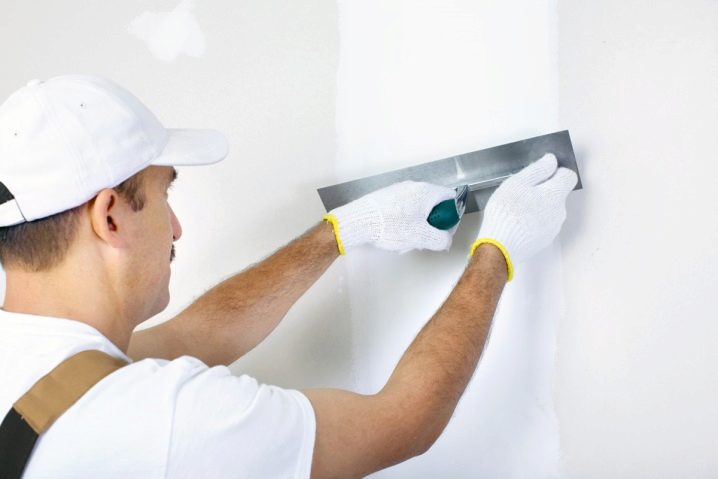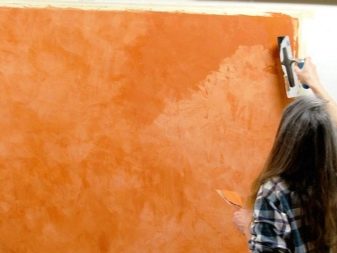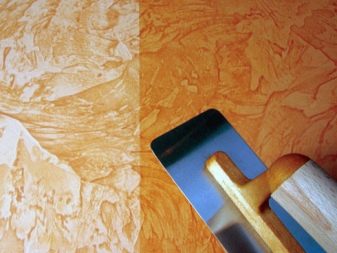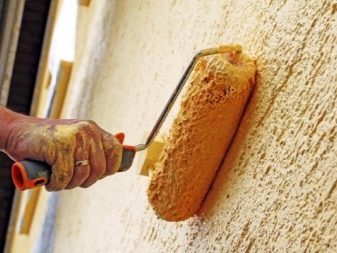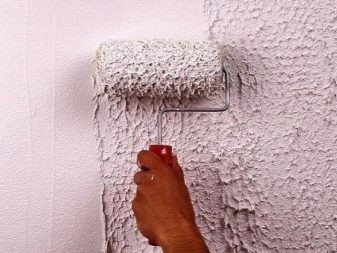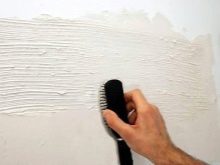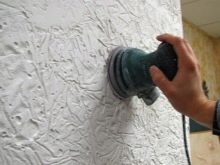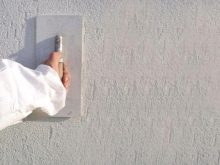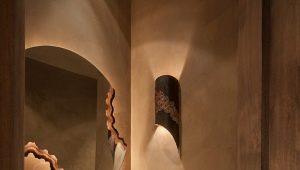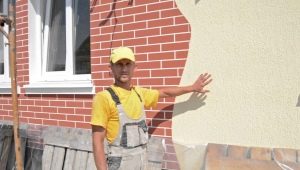Artistic plaster walls: types and methods of application
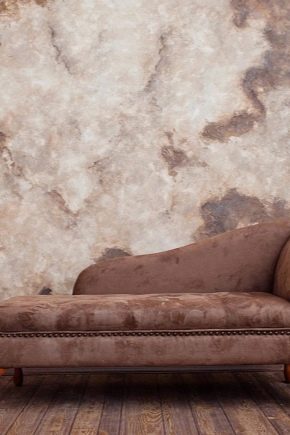
Plaster has long ceased to be simple and faceless. Today, you can use in the decoration not just decorative, but even artistic plaster. It is able to give a refined and unique style to any room. However, the capabilities of the material are directly dependent on its type and application technique.
Kinds
Artistic plaster today is presented in a very wide range. There is decorative plaster, which differs in a variety of types. As a rule, such a finishing material has a smooth surface. In its composition there are color additives. After drawing they appear as blotches, creating a unique abstract pattern and stains.
Decorative plaster may be different. For example, after its application on the wall, a certain texture is formed, which visually resembles one of the facing materials.There is a type of finish that forms a relief, each time special, depending on the method of application. There is a flock option. Due to this finish the walls in any room will look very original.
Flock - a type of decorative building mixture in which there are small particles (for example, flakes). They can be of different, uneven shape (in the form of asterisks, petals).
This decoration will help to give the room a special style, will hide the irregularities of the walls.
The next type of art plaster - textured. Due to it, a relief pattern is possible on the wall.
To achieve the perfect effect and the original picture can be in the case, if you apply this type of mixture in several layers.
The interior with such plaster looks especially. The texture of this variety can be matte or glossy.
Venetian plaster It is very popular due to the fact that after its application to the wall, an amazing texture is obtained. It resembles marble with unique patterns. This type of building mixture has a predominantly glossy surface finish, since after drying the plaster is coated with a special varnish.
The advantage of each type of plaster finishing material is that it is very durable. In addition, it perfectly withstands the temperature drop, is safe for use in any room (even a nursery). Artistic plaster for a long time retains the saturation of colors, it is easy to apply on any type of wall. You can even use it for outdoor decoration of the house.
Training
Before starting the finishing work, it is recommended that you carefully prepare. It is necessary to take care of the cleanliness of the walls. All old coatings must be completely removed from the floor surface..
Next, the wall should be treated with a special primer (better than deep penetration). After let it dry completely. The primer should dry out completely. It is not recommended to use hair dryers and other devices to speed up the process.. If necessary, you need to align the walls, fix cracks, chips. Next, you should prepare the building mixture itself, dilute it according to the instructions. Often ready-made mixes are sold in stores.
Drawing
Plain decorative plaster is easy to apply. This should be done in a thin and uniform layer. Traditionally, the applied layer should not be thicker than 2-3 mm in thickness.. Apply layers from top to bottom. After the plaster covers the entire wall, it must be leveled with a trowel. So the layer will be smooth, you can remove the excess remnants of the mixture.
The final stage will be work on the surface with a trowel of plastic. Now you can easily set the desired pattern, direction, it all depends on you. The picture can be circular, it can be smooth or oblique lines.
Since you will be doing the work in stages, it is recommended to do a final grout at the end to smooth out all transitions and gaps.
It is necessary to work with the Venetian plaster extremely carefully. This mixture is applied to dry and clean walls after priming in several layers. The first layer is applied evenly over the entire surface. It should be left at least 5-6 hours.
Further layers can be applied unevenly, in strokes, leaving gaps between them. To make the effect impressive, it is recommended to make 3 layers.. If you add any color to each layer, the final result will exceed all expectations, you will get a spectacular surface.
To the surface after the end of the work visually resembled marble, you can use a special wax, which is intended for construction work.
In addition, it will allow even then to wash the surface. Apply it only after grinding the surface. It should be flat and smooth.
The most common roller can help in achieving an interesting texture. This is one of the most simple but effective methods. It is recommended to take a special roller with an interesting relief or even a pattern..
To begin with, a mixture should be applied to the prepared walls. After applying the mixture, immediately roll on the surface with a roller. And you can go through the usual tool, and then relief. This will help create an unusual texture.
You can use different stencils. The technology of working with them is the same as with a roller. However, there will still need other tools: trowel, trowel.
Using art plaster, you can turn on the fantasy and experiment with it. Many achieve a unique effect with the help of ordinary improvised means. It could be a sponge or even a plastic bag.Some use creative tools: a crumpled newspaper, old cracked trowels, nails. Sometimes drawing is created by fingers.
On how to apply Venetian plaster, you will learn in the next video.
